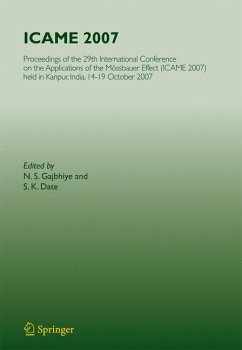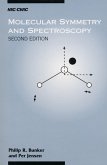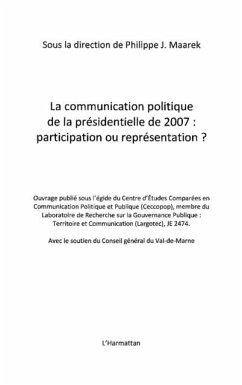N.S.Gajbhiye and S.K.Date (Eds)
This book provides an excellent overview of the Mössbauer Effect in many diverse fields such as Condensed Matter Physics, Solid state Chemistry, Electro and Bio-inorganic Chemistry, Catalyis, Medicine, Geology, Minerology, Archeology and Materials Science, etc. It is of significant interest for graduate students and researchers, who wishes to work in one of the diciplines of Mössbauer Spectroscopy. In addition to the traditional topics, the book contains the recent developments of the technique using Synchrotron Radiation and also in the fields of nanomaterials, surfaces and interfaces, industrial applications and Mars Exploration.
Dieser Download kann aus rechtlichen Gründen nur mit Rechnungsadresse in A, B, BG, CY, CZ, D, DK, EW, E, FIN, F, GR, HR, H, IRL, I, LT, L, LR, M, NL, PL, P, R, S, SLO, SK ausgeliefert werden.









